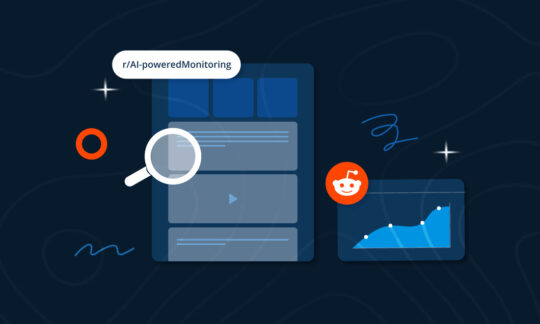Content Engagement Epic Series – Episode 2
Creating engaging content is the way to go, talk, write when you are putting ideas, campaigns and initiatives into messages in social media. Ok, but how to do that? Throughout our Content Engagement Epic Series we will discuss how to hook the audience in social media on a message when this platform is seemingly without the slightest trace of reason and predictability. You see, the social CAN be decoded for a richer experience through real time social monitoring. Let’s see some awesome tricks and insights how to get the online hooked on your words!
How to create content addiction in social media like a pro?
aka. Meet the top models
In first chapter we have outlined all the basics how to get the social hooked on your messages, and we have introduced the 3 top models of content/news types.
Though, there are important differences, there actually IS a feature, attribute if you like, that is universally relevant and applicable for any content type. These are momentary contextual approaches
- to fit your remark into the trendy talk,
- to keep your message alive on the long term,
- to create stories with high engagement rate,
- to adjust its shape and focus-point while keeping the original topic-line nevertheless.
So, are you hooked yet?
Reader, meet the Hook Factors, Hook Factors, meet the Reader.
HFs are kind of wrapping papers. You decide which one you prefer to put your content in. Adding a touch of cuteness, a rather shocking angle, or making the readers’ hearts melt? All of them can work as hooks to make them click on your message.
We have identified 12 Hook Factors:
- FUN
- DARK SELVES
- SOCIAL SPHERE
- HEART-BREAKING
- POLITICS/CURRENT EVENTS
- PRACTICAL
- CUTE
- PERSONAL LIFE
- CELEB
- WHAT IF
- SEX
- SARCASM/PROVOCATIVE
All of these can shed new light on an already existing piece of content: reviving and reconstructing it with a new focus, to a new audience, or hooking the existing one all over again onto the same topic.
Through monitoring social media you can gain real time insight which helps you
- outline what your customers and potential customers are attracted to
- what is the proportion linked to your different topics and activities in terms of women and men
- who are the opinion leaders you should seek out to get through to your audience
- what are your competitors talking about and with how much success
- what was your most ’beloved’ campaign/story throughout the last 5 years in social media based on online reactions
+1 and in the end to choose HFs wisely for your contents
Taking out the models to a date
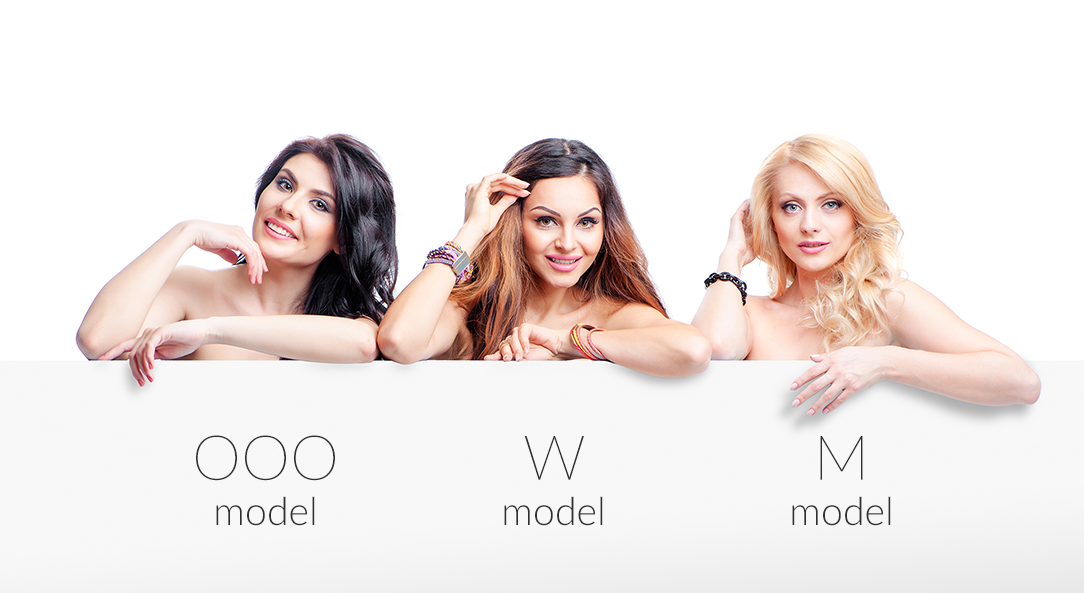
1. The OOO’S (Obvious Obligatory Occurings)
These are predetermined pieces, already decoded in the online flow (Christmas, Carnival season, Mother’s Day, Halloween, Sept 11 etc.).
Their expiration date is marked by TIME. The method of choosing a Hook Factor in order to wrap it up in a new context is rather RANDOM.
Would you believe for example that Mother’s day can be transformed into a horror story (HF: Dark selves)? Well, it can.
These kind of contents sometimes can be used as HFs in themselves when talking about another topic – or a brand for example – to make their story more accessible to the audience (adjust it to the current trendy talk). Like this cute bit of self-PR for Eminem, with perfect timing.
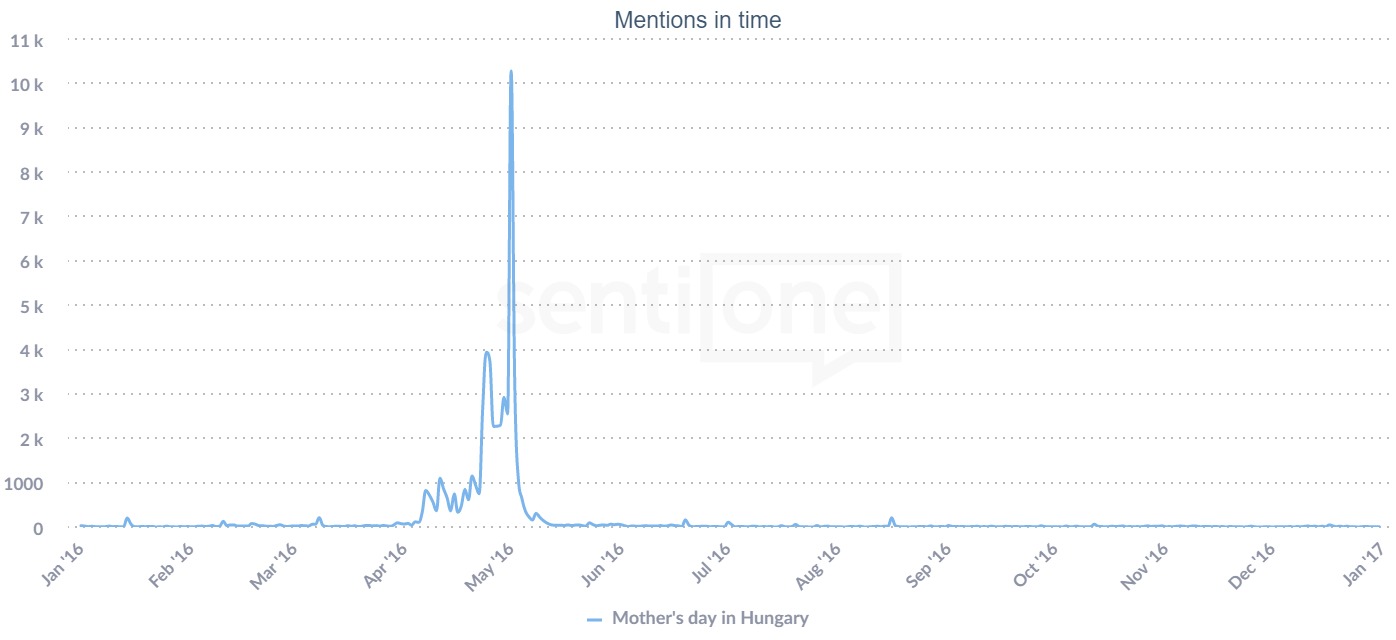
They have a strong and instant peak with smaller buzz around it. Otherwise there is silence.
2. The ‘M’ model – the Must Have contents
They are determining the flow of common talk. They have a cognitive effect – you owe it to yourself to see clear, so you read it. Interaction, interest starts from the bottom, emerges when context is given, and different HFs keep it alive on the long term.
Expiration is marked by TOPIC.
Content uses HFs CONSEQUENTLY (exploiting all 11 of them if possible), to build a story out of a phenomenon.
This chart shows the hour based online pulse of the Italian earthquake in Hungary (Oct, 2016) and how it resonated later on. What you see is: an instant high peak from null, then a setback, then a smaller peak again, when new context is given. And so on & on & on.
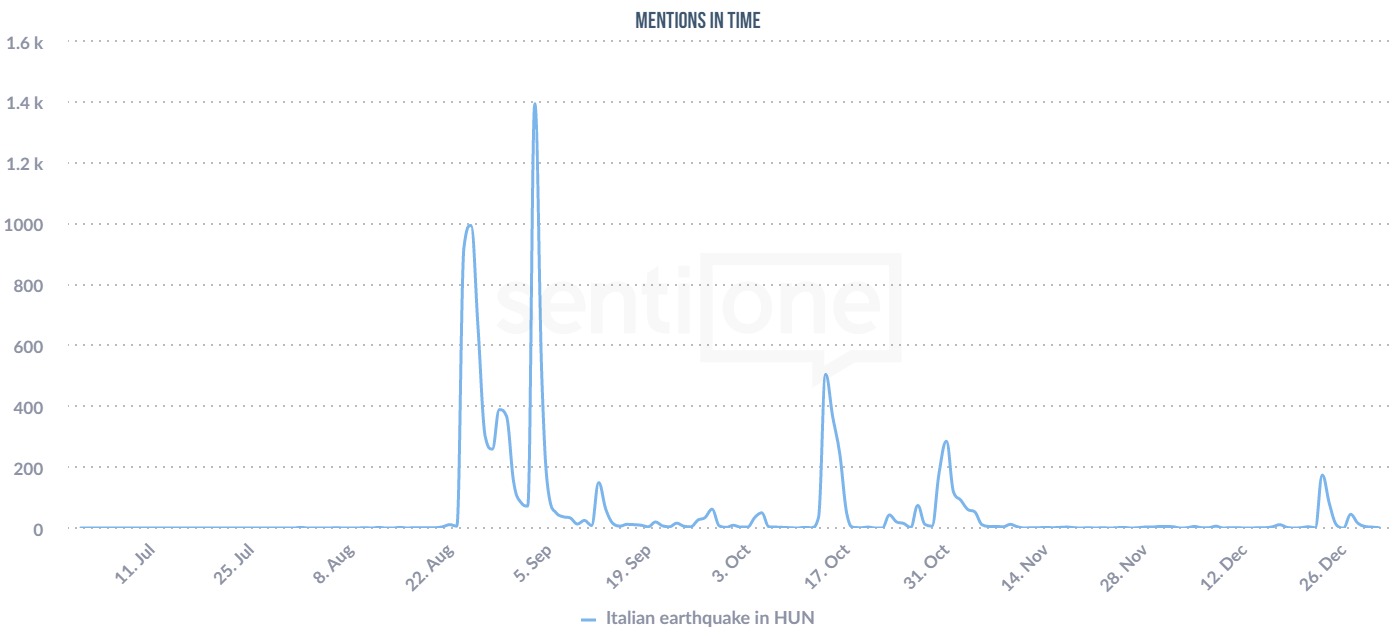
3. The ’W’ model – Winning the clicks
This is the ’Hunger Games scenario’.
1. People, topics, stories that are already in the flow, in our focus
2. Us, as outsiders (aka. readers) starving for new details. We are involved emotionally, but not physically. We want to witness everything, while we love being in the safe zone as outsiders.
We – as readers – take over the topics instantly (hashtag phenomenon, newly coined phrases, sharing, like-hunt, memes) and we are triggered by having the possibility to judge.
The topic’s expiration date is marked by the AUDIENCE (it will go on up until the time we are interested).
HF usage is based on READERS’ REACTIONS. We can channel it to the direction we might find appealing (think about the confused Travolta meme, that broke the internet).
This is Taylor Swift (’s life, scandals, lows and peaks) online (HUN, July – Dec 2016). There is a constant subtle buzz, but it is new hooks that get her high in the air time after time (she giving a huge donation, she breaking up with Tom Hiddleston (September)).
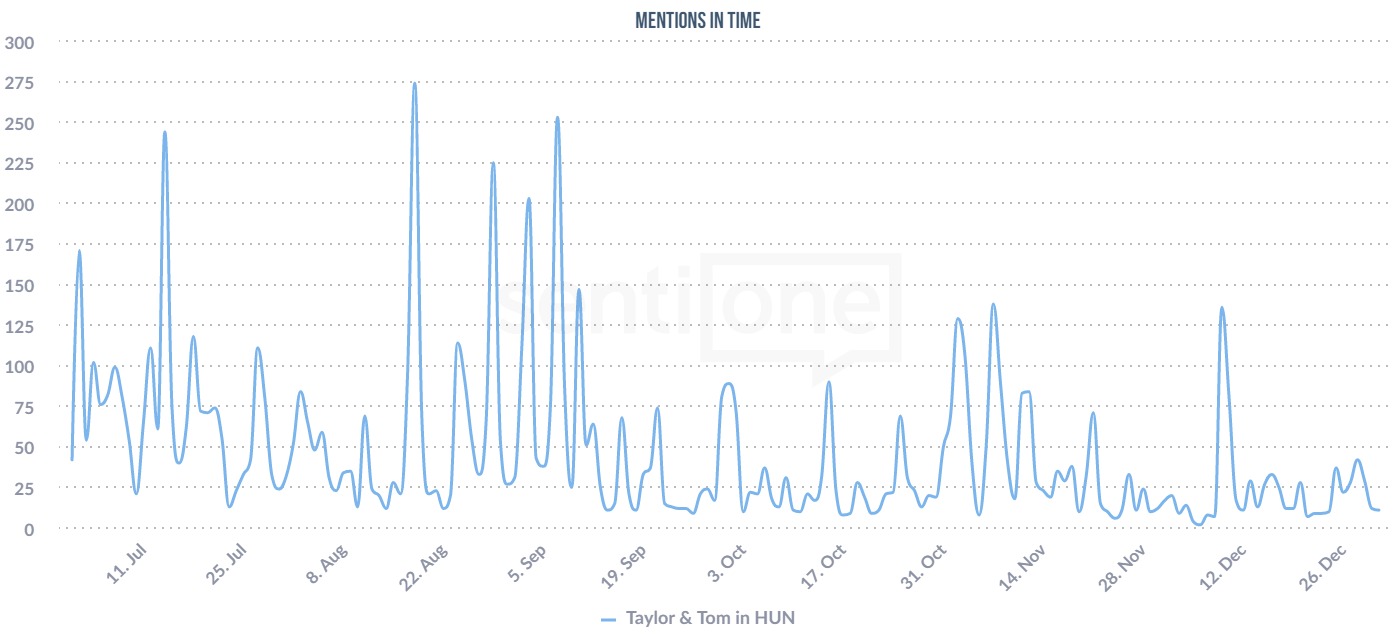
So, what about these magnificent Hook Factors? Let’s get down to business in next chapter, where I will show you everything to know about the FUN angle.
Stay tuned for some real LOL stuff!


